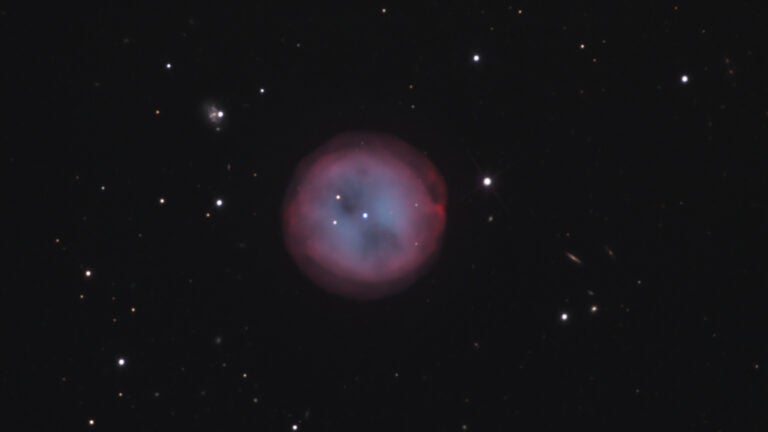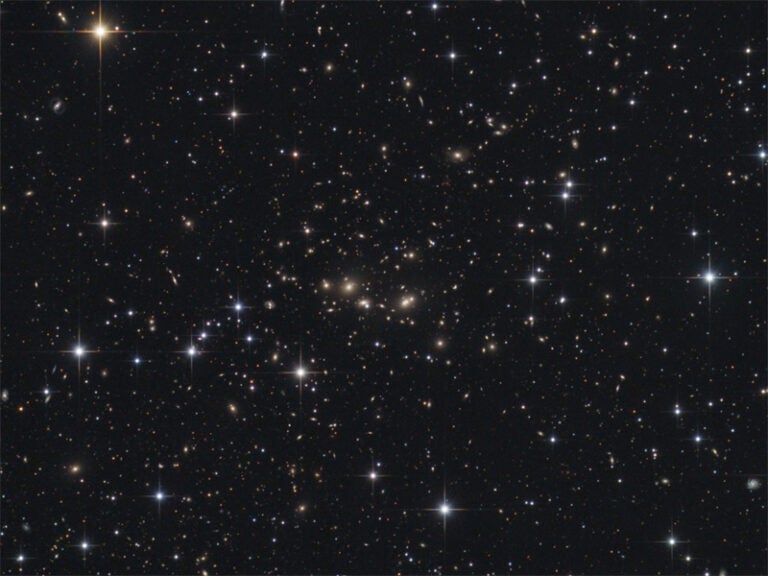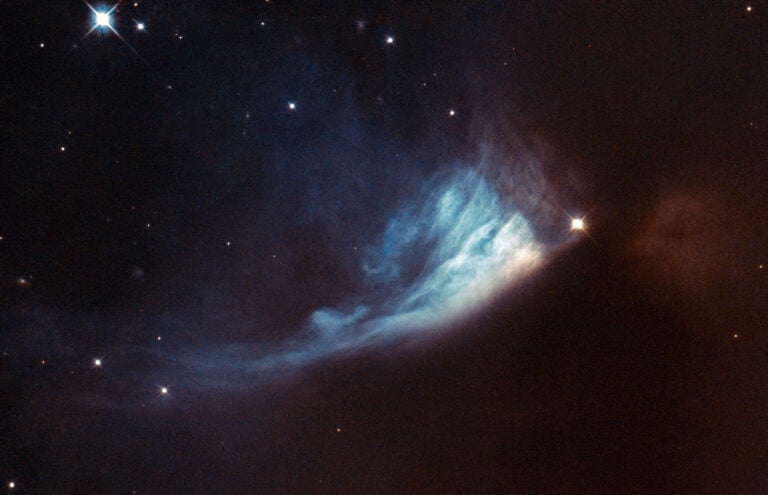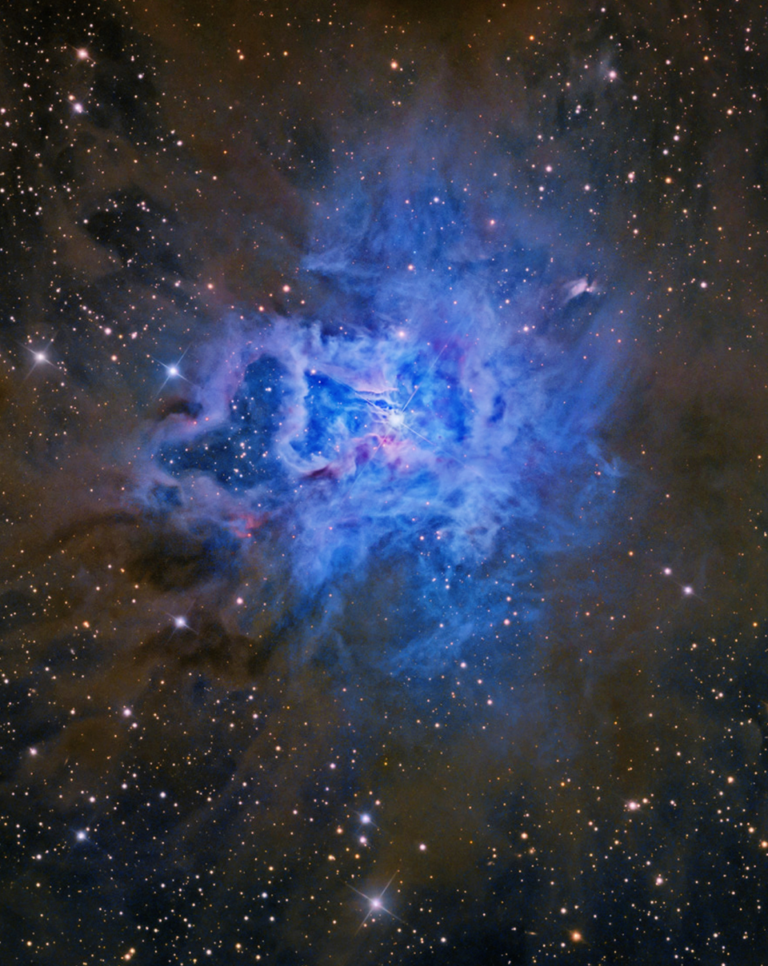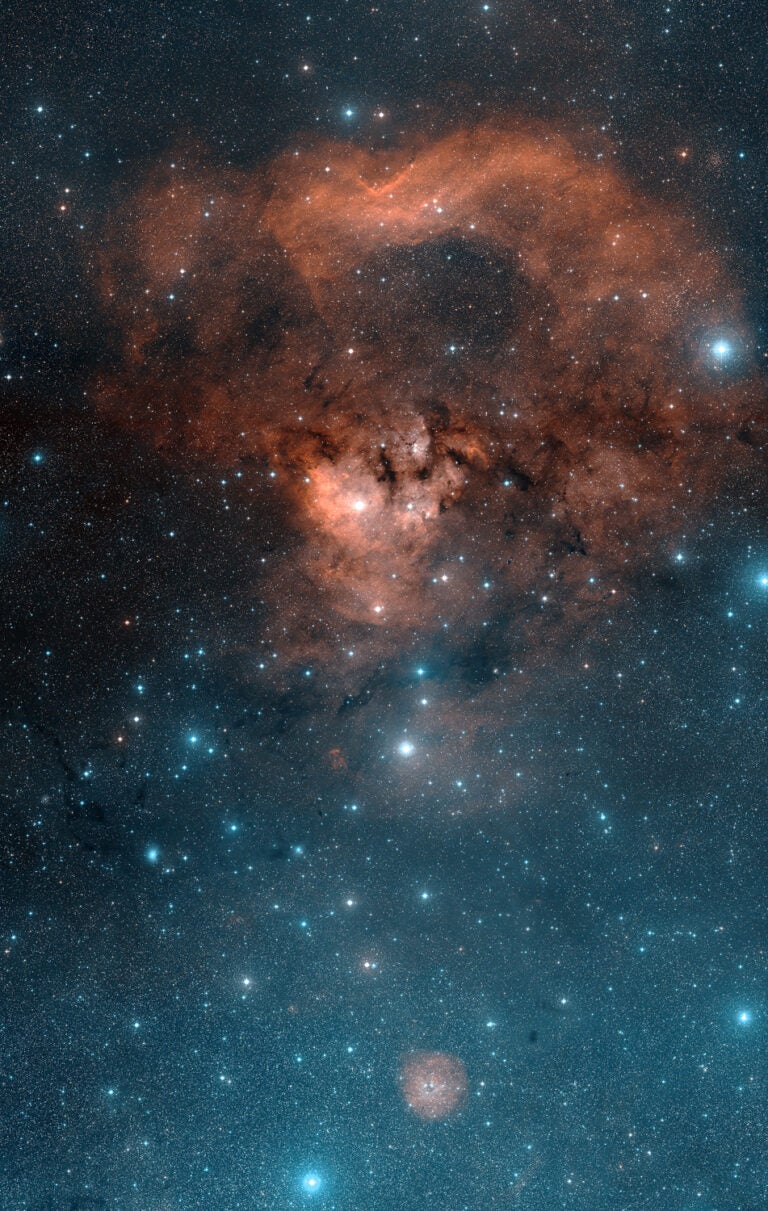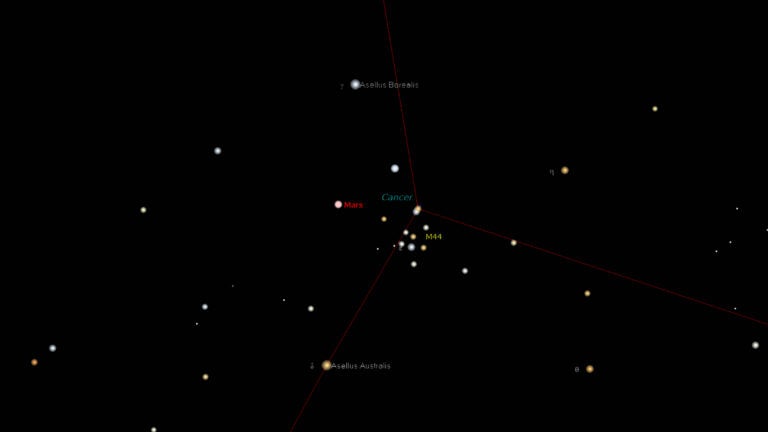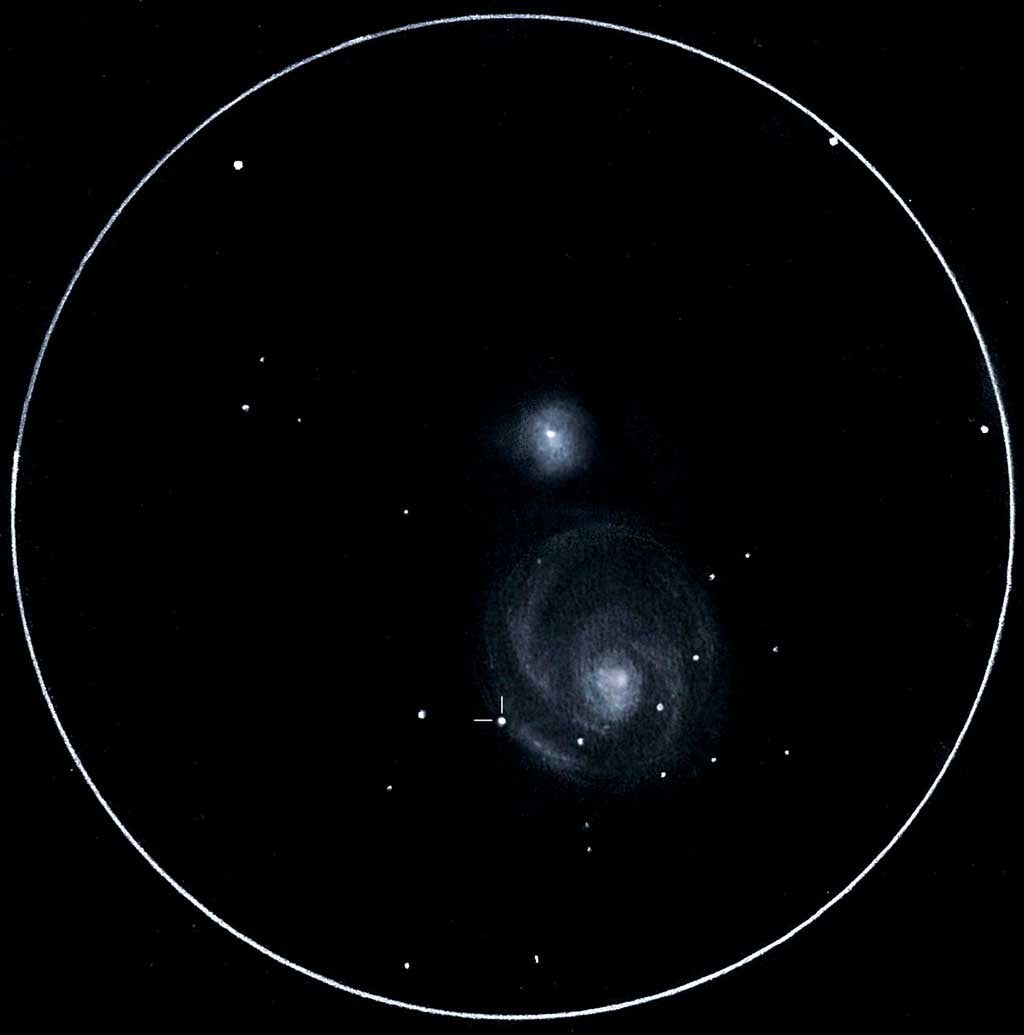
Many of you have enjoyed participating in Messier marathons, but have you ever considered sketching one? If not, I would like to invite you to push yourself to the limit this month and give it a try with me.
A Messier marathon is an all-night viewing session during which observers try to spot the 109 objects on French comet hunter Charles Messier’s famous list. He occasionally observed objects through his small telescope that looked like comets but didn’t move, so he began the list to help other observers avoid confusion.
I recommend two great Internet resources related to sketching the marathon. The first is Jeremy Perez’s extensive website at www.beltofvenus.net/marathon. There you’ll find valuable information including sketch templates, reports, and resources. Another informative resource, with information on the Messier marathon itself, is on the Students for the Exploration and Development of Space website, http://messier.seds.org/xtra/marathon/marathon.html.
As an introduction to sketching during the marathon, let’s take a closer look at two of the most famous objects on the list. Remember, on marathon night you can spend only a few minutes on each object, so time management will be essential. You’ll have just enough time to include a few of the brightest field stars and a rough sketch of each object before moving on to the next one.
First, try sketching the magnificent stellar nursery M42, a nebulous complex in the constellation Orion the Hunter. It combines emission and reflection nebulosity surrounding Theta (θ) Orionis, the star in the middle of Orion’s Sword.
The first record of M42 was by French astronomer Nicolas-Claude Fabri de Peiresc in 1610. Dutch astronomer Christiaan Huygens published the first sketch of it in 1659. Then Messier added it to his list in 1769.
In the winter sky, M42 offers stunning views through any size telescope. It spans 1° square, and when you observe it with adjoining M43, the area resembles a bird with outstretched wings. Most observers report that M42 has a greenish hue through medium-sized scopes. It also sports a bright compact north-central region dominated by a cluster of stars called the Trapezium.
The second object, M51 in the constellation Canes Venatici, is a bright spiral galaxy. It makes a remarkable pair with its major satellite galaxy, NGC 5195, which lies to the north. Any telescope will let you view both objects. Through larger apertures and at higher magnifications, one of its spiral arms appears attached to NGC 5195.
Messier discovered M51 in 1773, but it wasn’t until 1845 that Irish astronomer William Parsons, Third Earl of Rosse, observed its spiral pattern using a 72-inch reflector that he constructed at Birr Castle, Ireland.
M51 and M42 are just two of the 109 treats you’ll encounter when you undertake a Messier marathon sketching project. Both objects are so detail-laden that you’ll want to spend more time drawing them than you have. Don’t fret. You can always return to them on another night and take all the time you need.


